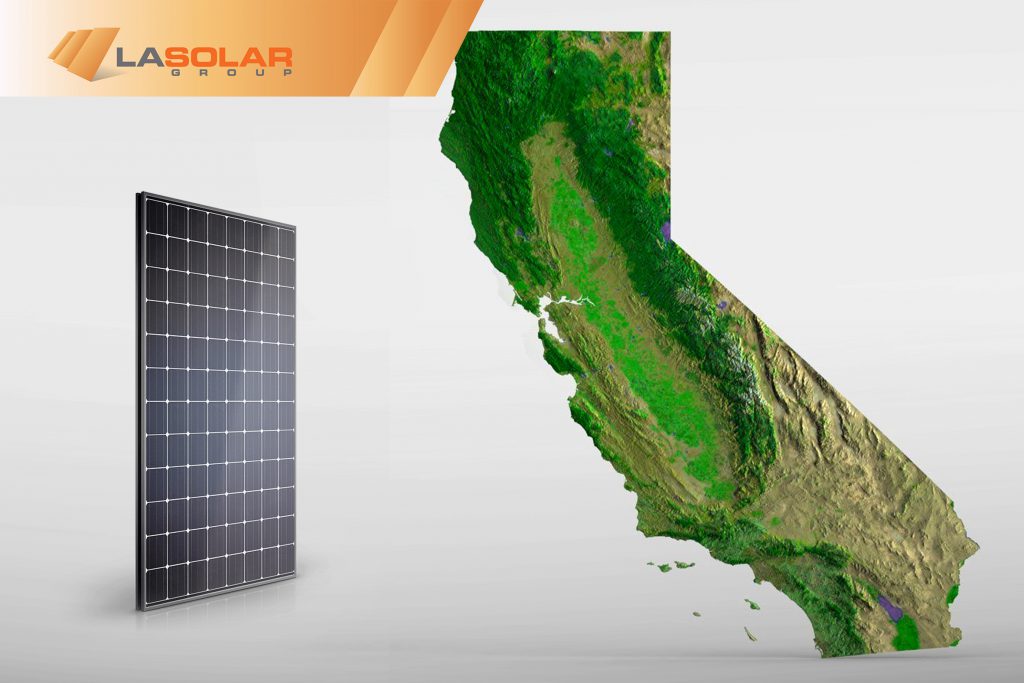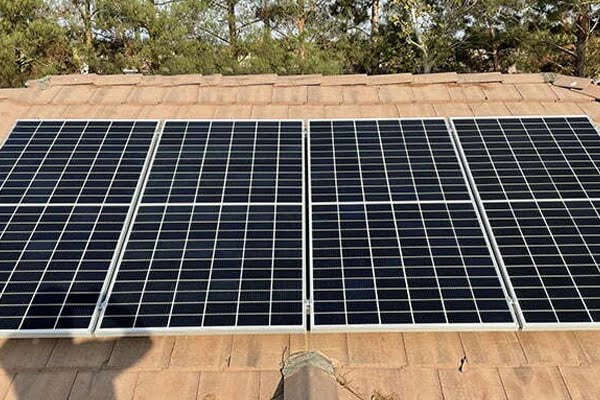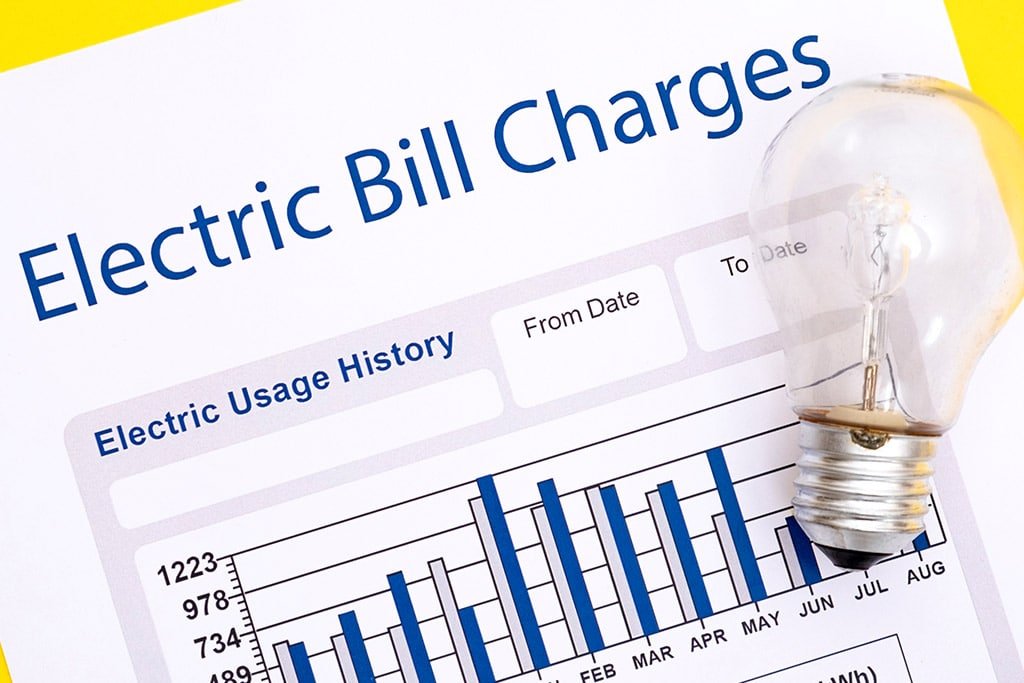Earlier this year California passed the second part of the Net-Energy-Metering program (NEM), deciding to continue to offer NEM at the same rate but with added charges for solar homeowners. NEM 2.0 now requires homeowners to go on a Time-of-Use Plan and adds Non-Bypassable Charges (NBCs) and a one-time Interconnection Fee.
The Time-of-Use Plan replaces the Tiered Rate Plan, which instead of charging the homeowner based on how much energy they use in month, the TOU only charges the homeowner during the peak and off-peak hours. These Time-of-Use (TOU) rates better match real-time expenses of generating and providing energy throughout the grid. Most solar companies and organizations are supporting this implementation since it is aligning grid needs with the economics of the market. The switch to a Time-of-Use system will give the solar homeowner much more control and choice in their energy consumption, which will in turn provide convenient management for what times of the day energy is used in the home.
The Non-Bypassable Charges (NBCs), however represent an added charge of typically 2.0 to 2.3 cents/kWh (on average between $4.00 and $8.00 for each month) depending on your local utility company, regardless of how many (Solar Renewable Energy Credits) credits your system generates for the grid. These charges are used to fund public purpose programs, pay off a state electricity bond, and decommission nuclear plants.
A one-time Interconnection Fee applies for all NEM 2.0 customers, and also varies depending on utility company between $75 and $150.
Although NEM 2.0 has been passed by the California Energy Commission, the new program will not begin until the beginning of July, 2017, or as soon as the 5% net metering cap is reached in the respective service area. For homeowners interested in going solar, it is better that they switch sooner rather than later to ensure they can enroll into the much more affordable NEM 1.0.
In summary, here are some facts you need to know:
1. No new NEM-specific changes. With NEM 2.0, NEM 1.0 structure stays intact.
2. No maximum system size. There is no maximum generator size for NEM 2.0 accounts. Accounts larger than 1.0 MW (mega-watts), usually commercial solar systems, will have to pay extra costs
3. Grandfathering. NEM 2.0 customers will have their accounts grandfathered on this successor tariff for 20 years from the date of first commercial operation.
4. Interconnection Fees. NEM 2.0 customers with onsite energy systems of less than 1.0 MW will now be required to pay a small fee for interconnection based on the utility’s company’s actual costs for interconnection.
5. Non-bypassable charges. NEM 2.0 accounts are required to pay non-by passable charges for the energy they consume. These charges will not be offset by energy exported to the grid.
The Non-bypassable charges are:
1. Public Purpose Program Charge
2. Nuclear Decommissioning Charge
3. Competition Transition Charge
4. Department of Water Resources Bond Charges
5. Components and Warranties
NEM 2.0 customers will be required to prove the following in their NEM applications:
1. CEC Approval
2. 10-year warranty on all equipment and the installation
3. Residential TOU rates and fixed charges
For residential NEM 2.0 customers, the following applies:
1. Residential customers are required to use TOU rates
2. Fixed charges may be introduced in the future
3. Future of NEM 2.0
NEM 2.0 has begun the process of increased costs in going solar, it will be looked over by the commission in 2019 and further changes may occur. To take advantage of optimal energy savings and rates homeowners should look to switching to solar while NEM 1.0 is still available.





